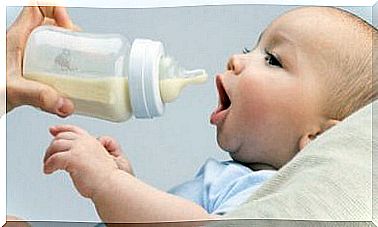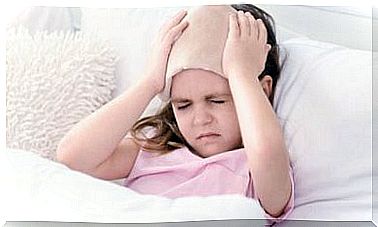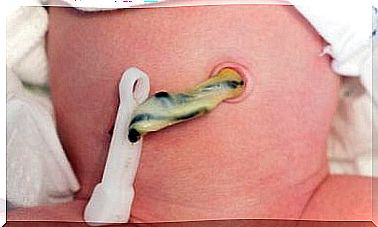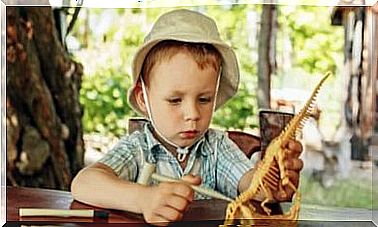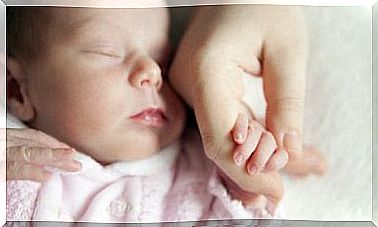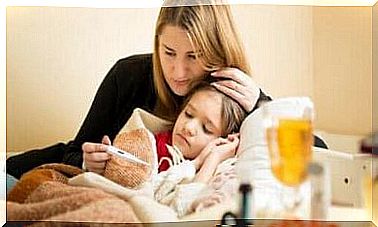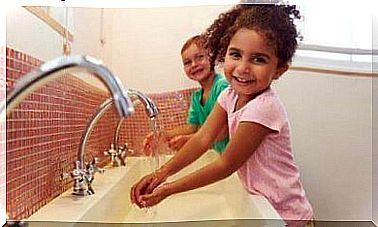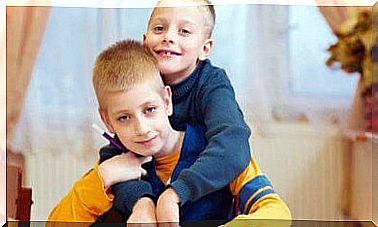Dressing Your Baby Warmly – 4 Tips
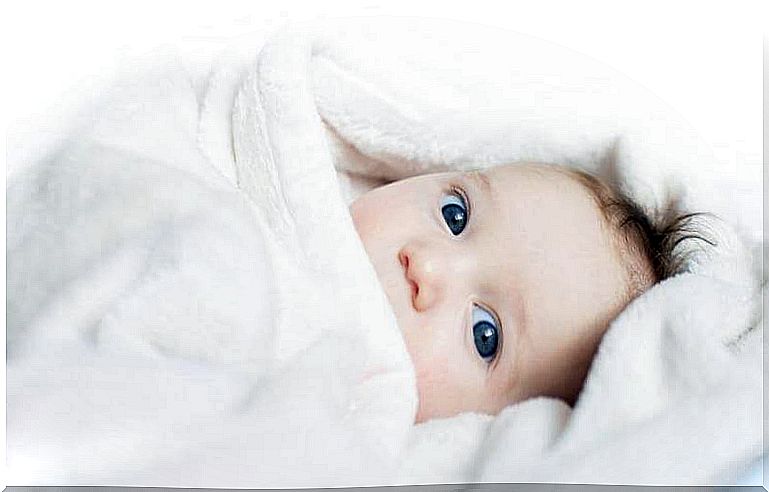
Are you pregnant and your calculated time is during the winter month? Today we tell you four tips to help you dress your baby warmly and protect you from the cold.
How does a newborn regulate his body temperature?
The newborn’s skin is very sensitive and has little subcutaneous fat. In addition to this, the baby’s blood vessels are close to the skin, as a result of which he loses heat quickly. In this case, the receptors on the baby’s skin transmit information to the brain that the body is cold.
The newborn produces heat primarily through thermogenesis, i.e., heat production caused by eating.
Newborns have a special and effective way to regulate their body temperature. Metabolism digests adipose tissue, and the heat produced in the process spreads to the blood vessels that carry heat to the rest of the body. At the same time, the child curls as little as possible to avoid heat escaping.
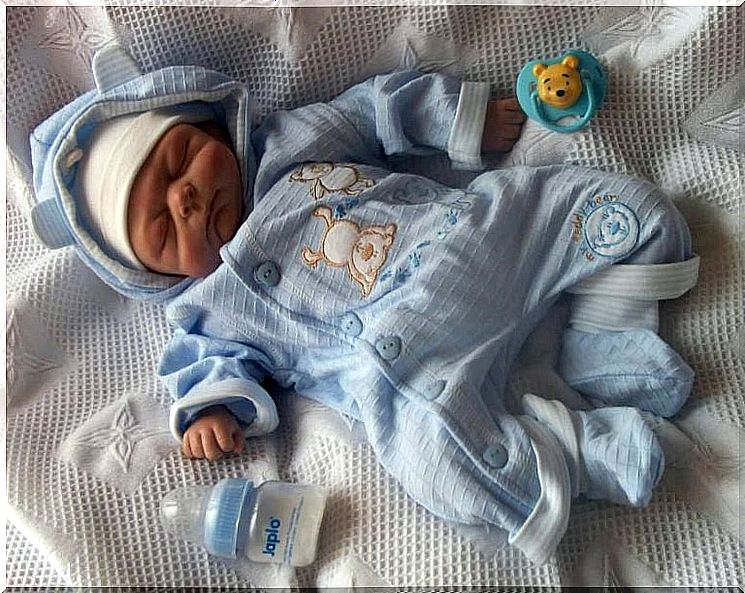
Dressing Your Baby Warmly – 4 Tips
1. Extra layer of clothing
A child under three months old is not yet able to control their body temperature, and the heat escapes from the body easily. At this age, the baby’s body is very low in fat and the baby doesn’t move much.
Sudden temperature fluctuations are not good for the newborn. It is better to wear many thin layers of clothing for your baby instead of a few thick layers. This makes it easy to reduce layers of clothing if the child moves from a cold room to a warmer one.
Removing the garment layer prevents the sweat from getting wet. Damp clothing can expose a child to the flu.
A good guideline is that a newborn always wears one layer of clothing more than an adult.
2. Clothing material
The best material for baby clothes is cotton. Natural materials are suitable for babies because of their breathability and comfortable feel. Organic cotton is an ideal choice due to its high quality and purity. The garment worn by the baby can be either knitted cotton, such as leotard or terry, or woven cotton, such as cotton fabric.
If a child wears woolen clothing, it should not be in direct contact with the skin, as wool can irritate the baby’s sensitive skin. It should also be ensured that the child cannot breathe wool fibers into their nose or mouth.
It is also important to remove all signs and washcloths from clothing that may irritate and itch the skin.
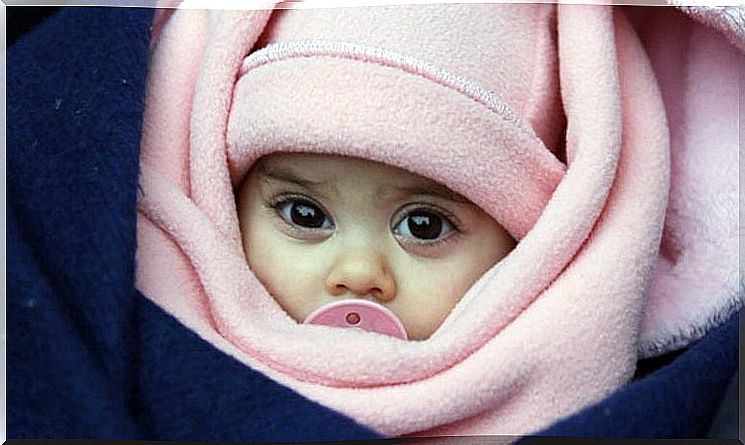
3. Home temperature
It is important that the child feels comfortable and safe in their home. The ideal room temperature at home is around 20-22 degrees. Good ventilation is also a good idea.
In winter, dry indoor air can dry out the baby’s sensitive nasal mucosa, which can affect their role in protecting the baby from the microorganisms that travel with the breathing air. Therefore, it is important to ensure optimal humidity in the indoor air.
4. Observe if the child is hot or cold
If you are not sure if your baby is wearing the right amount of clothes, touch his or her neck or back under the clothes to get a better idea of your child’s body temperature. If your child’s clothes are sweaty, they should be changed immediately.
Hands and feet usually do not give an accurate idea of whether a child is cold or hot. This is especially true for very young babies, as they are not yet able to regulate their body temperature. Therefore, the best thermometer is touching the baby’s nose.
